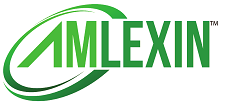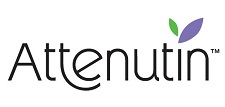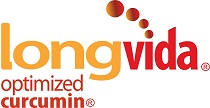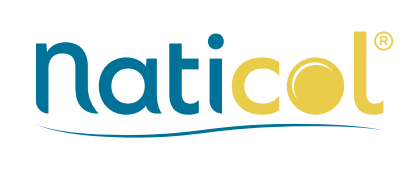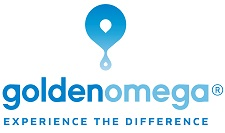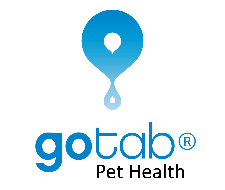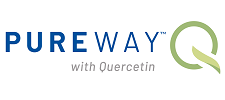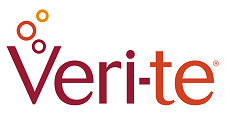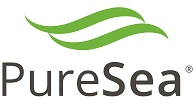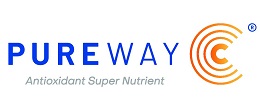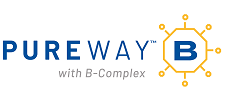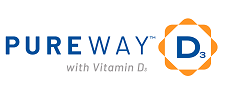Zinc Picolinate
Homoeopathic Medicine

Homoeopathy is a non-toxic system of medicine used to treat illness and relieve discomfort of a wide variety of health conditions. It is practiced by licensed physicians and other qualified prescribers in many regions of the world, including Europe, Asia, the U.K., and the U.S. Information on the use of a few hundred medicines has been collected for nearly two centuries by homoeopathic practitioners, through research studies known as “provings,” as well as documented clinical cases and recent scientific trials. (Sources and documentation are found in “References.”)
Using Homoeopathy with Professional Guidance
Homoeopathic medicines can also be helpful in complex or even serious conditions—although self-prescribing is not appropriate in such cases. To correctly select the medicine and monitor the healing process, an experienced physician who is trained in homoeopathy should be involved, for the following reasons:
- Medical knowledge is needed to assess complex or serious conditions. Professional diagnostic tests may be necessary, as well.
- Using a medicine that covers isolated symptoms superficially, but does not fit the person on deeper levels, may change or suppress the symptoms, yet not be deeply curative.
- Even with a correctly-chosen medicine, a temporary aggravation of symptoms may occur as part of the healing process. Training and experience are required to distinguish a helpful aggravation from an intensification of symptoms that occurs because a medicine has not acted and the illness is progressing.
- An inexperienced or impatient person might be tempted to repeat the medicine unnecessarily, or change to other medicines at times when waiting is appropriate.
If an illness or condition is chronic or deep-seated, it is best to consult an experienced homoeopathic practitioner, for a “constitutional” medicine that fits the characteristic symptoms of the case and considers the person’s physical condition and individual nature in a more comprehensive way. At at typical first visit, a homoeopath interviews a patient for at least an hour—to take a careful history and elicit information about many aspects of the person’s state of health—before choosing a medicine.
How Does Homoeopathy Work?
Within the limitations of available scientific funding, interesting research is being undertaken to understand how and why such highly-diluted medicines have profound and curative effects. Formal studies published in current medical journals show that homoeopathic medicines, when used correctly, are significantly more effective than placebo. Researchers theorize that, during potentization, an energetic change occurs in the medicine substance and its medium of dilution (usually water), enabling them to stimulate a person’s system to deal with stress and illness more efficiently. Homoeopathic medicines do not have chemical action in the body, and thus work differently than nutrients or drugs—which has made it difficult for some researchers accustomed to assessing drugs to adequately consider them. Since the body is clearly affected by many forces that have no chemical content (electricity, radiation, thermal energy, etc.), it is reasonable to think that research designed to observe non-chemical effects will yield more useful information.
The following articles published in medical journals analyze results of over 100 clinical studies assessing effects of homoeopathic medicines:
1. Linde K, Clausius N, Ramirez G, et al. Are the clinical effects of homoeopathy placebo effects? A meta-analysis of placebo-controlled trials. Lancet 1997;250:834–43.
Analysis of 186 studies; concludes that positive results in subjects taking homoeopathic medicines are 2.4 times more likely than with placebo.
2. Kleijnen J, Knipschild P, ter Riet G. Clinical trials of homoeopathy. Br Med J 1991;302:316–23.
Review of 107 studies, 81 of which (77%) showed positive effects from homoeopathic medicines; researchers concluded: “The evidence presented in this review would probably be sufficient for establishing homoeopathy as a regular treatment for certain indications.”
3. Summary and review of other recent homoeopathic research studies, and other references, may be found in the following books:
Jonas WB, Jacobs J. Healing with Homoeopathy. New York: Warner Books, 1996.
Ullman D. The Consumer’s Guide to Homoeopathy. New York: Tarcher/Putnam, 1995.
Professional Resources
Allen HC. Keynotes and Characteristics of the Materia Medica. New Delhi: B. Jain (reprint), 1988.
Boericke W. Materia Medica with Repertory. Santa Rosa: Boericke and Tafel (reprint) 1988.
Borland D. Homoeopathy for Mother and baby. New Delhi: World Homoeopathic Links (reprint).
Boyd H. Introduction to Homoeopathic Medicine. Beaconsfield, England: Beaconsfield, 1981.
Hering C. Guiding Symptoms of our Materia Medica. New Delhi: B. Jain (reprint), 1988, (Vol 1–10).
Herscu P. The Homoeopathic Treatment of Children. Berkeley: North Atlantic, 1991.
Kent JT. Lectures on Homoeopathic Materia Medica. New Delhi: B. Jain (reprint), 1980.
Kent, JT. Repertory of Homoeopathic Materia Medica. New Delhi: B. Jain (reprint), 1988.
Nash EB. Leaders in Homoeopathic Therapeutics. New Delhi: B. Jain (reprint), 1988.
Perko S. Homoeopathy for the modern Pregnant Woman and Her baby. San Antonio: Benchmark Homoeopathic Publications, 1997.
Schroyens F. Synthesis/Repertorium Homoeopathicum Syntheticum. London: Homoeopathic Book Publishers, 1993.
Tyler M. Drug Pictures. Saffron Walden, Essex: CW Daniel, 1982.
Vithoulkas G. Materia Medica Viva. London: Homoeopathic Book Publishers, 1992, 1995.
General Resources
Castro M. Complete Homoeopathy Handbook. New York: St. Martin’s, 1991.
Castro M. Homoeopathy for Pregnancy, Birth, and Your Child’s First Year. New York: St. Martin’s, 1993.
Cummings S, Ullman D. Everybody’s Guide to Homoeopathic Medicines. Los Angeles: Tarcher, 1991.
Lockie A. Family Guide to Homoeopathy. New York: Fireside, 1993.
Panos M, Heimlich J. Homoeopathic Medicine at Home. Los Angeles: Tarcher, 1980.
Ullman D. Consumer’s Guide to Homoeopathy. New York: Tarcher/Putnam, 1995.
Vithoulkas G. Homoeopathy: Medicine of the New Man. New York: Avon, 1971.
Homoeopathic History and Theory:
Coulter HL. Homoeopathic Science and Modern Medicine: The Physics of Healing With Microdoses. Berkeley: North Atlantic, 1987.
Coulter HL. Divided Legacy: A History of the Schism in Medical Thought. Berkeley: North Atlantic, 1975; 1977; 1981; 1994.
Hahnemann S. The Organon of Medicine, 5th Edition; 6th Edition.
Kent JT. Lectures on Homoeopathic Philosophy. Berkeley: North Atlantic, 1979 (reprint).
Vithoulkas G. The Science of Homoeopathy. New York: Grove, 1980.
Copyright © 2024 TraceGains, Inc. All rights reserved.
Learn more about TraceGains, the company.
Information expires December 2024.



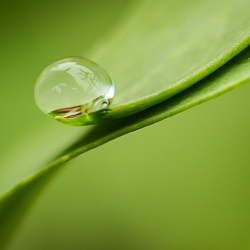 Come and see us at STAND D80 in our new position located on the lower floor between the main...
Come and see us at STAND D80 in our new position located on the lower floor between the main...  Today, consumers recognise that a healthy skin routine goes beyond using a good cream: keeping...
Today, consumers recognise that a healthy skin routine goes beyond using a good cream: keeping...  For over 20 years, sustainability, traceability, and transparency have driven Verdure Sciences®...
For over 20 years, sustainability, traceability, and transparency have driven Verdure Sciences®...  Our
Our  Despite concerns about the fish oil shortage over the past two years,
Despite concerns about the fish oil shortage over the past two years, 